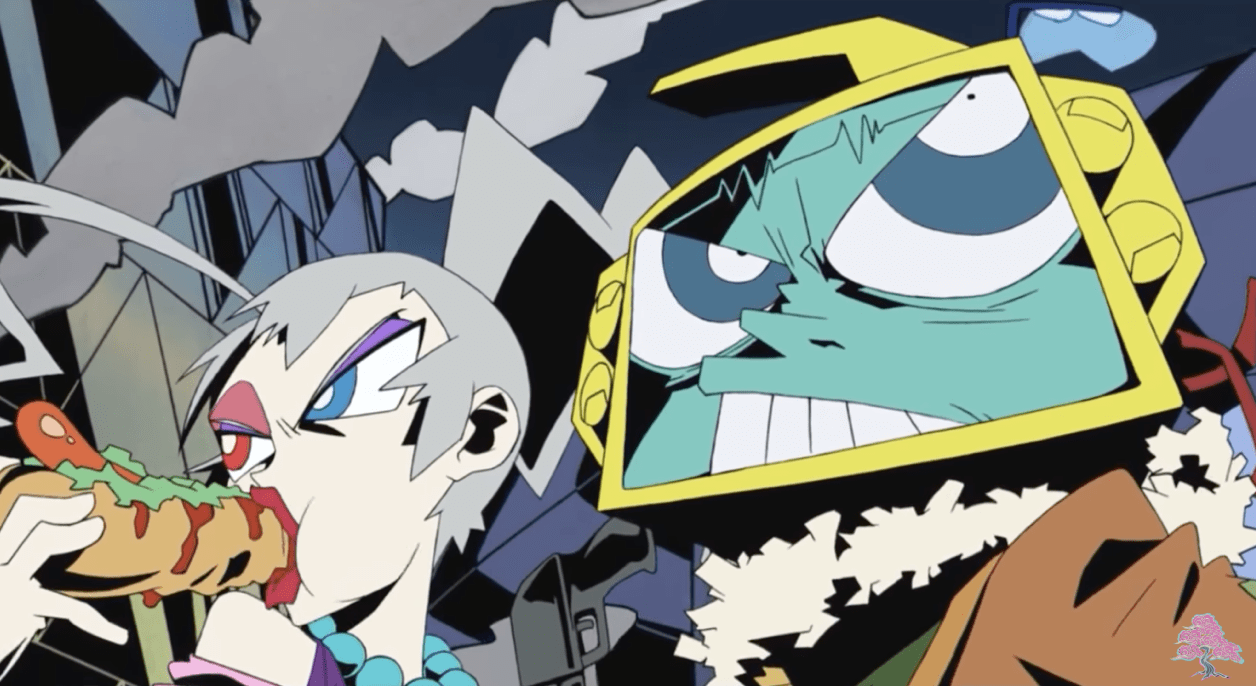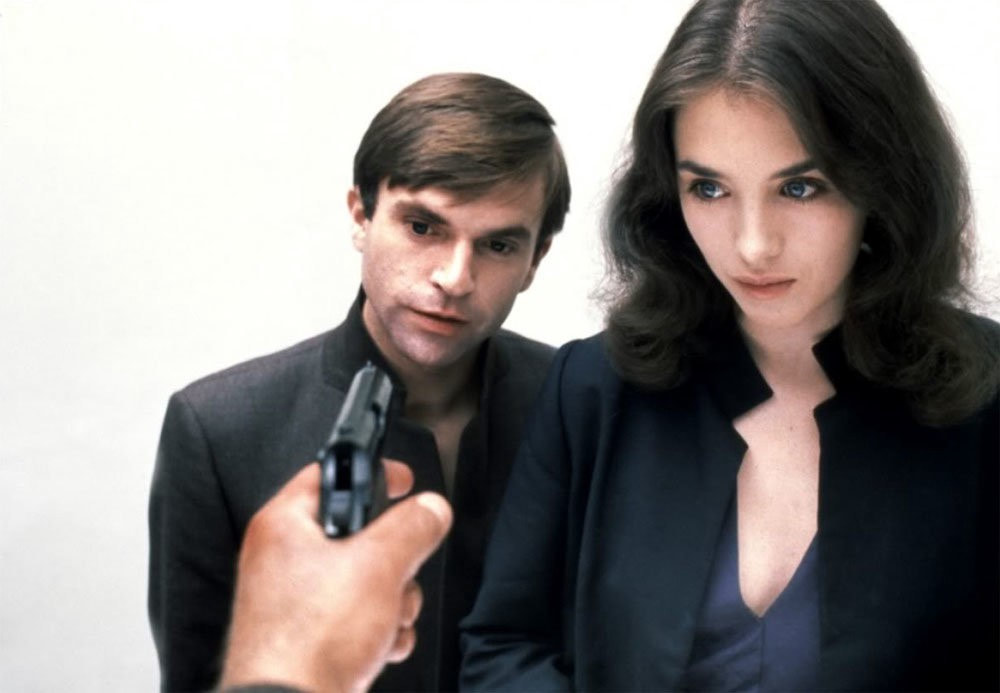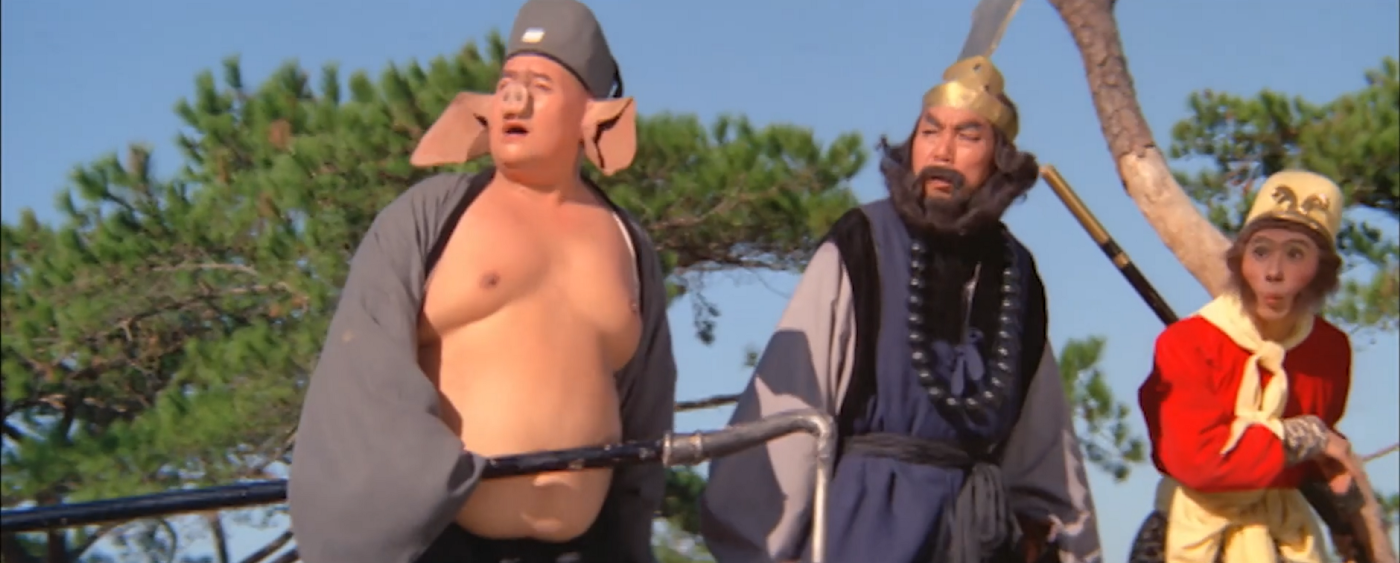
Nathan Juran released his fantasy adventure extravaganza, The 7th Voyage of Sinbad, in 1958. The movie provided Ray Harryhausen an opportunity to showcase the stop motion skills he had honed in so many previous films beginning back in 1947. My appreciation of the film and of the cyclops scene is partially due to the timing of my exposure. I was most likely 9 or 10 years old when I first saw the film. In New York City channel 11, WPIX was my source for old movies. On weekends it was a child’s dream destination with kung fu films, Kaiju films, adventure films, and a lot of Abbot and Costello for some reason.
The 7th Voyage of Sinbad was one of my favorites, but it was all about waiting for the cyclops scene. The scene was just on the border of what I could handle. Had the animation been a little smoother, or the effects a little bit better, I would have been too frightened to watch it. It was the jerkiness of the stop motion that saved me from having nightmares.
Juran used a variety of effects both practical and processed to allow the actors to interact with a 10-inch model that appeared to be 15 feet tall. There were rear-projection scenes, giant props, and clay models of the men for the cyclops to grab. The monster had a strange roar. It sounded like a horn, or more accurately a shofar from a synagog. It was also a little muffled, but it was absolutely terrifying.
The music for the scenes was composed by the consummate terrifier himself, Bernard Herrmann of Alfred Hitchcock fame. Between Herrman’s music and Harryhausen’s animation, my young mind was spellbound. Harryhausen managed to animate the cyclops’ facial expressions and imbue his creation with an emotional life. The beast is infuriated by each attack made on him and lashes out in response. He ties one man to a spit and begins roasting him. The cyclops licks his lips and his eye stares greedily at his wriggling victim.
Even though the stop motion softened the horror by dampening the realism, it still managed to be magical. I didn’t know how they managed to produce all those effects. There was a spectacular moment when the cyclops picks Sinbad up by his ankle and dangles him in the air. The cyclops seems to size up the little man to see how much of a meal he might make.
A choice had to be made as to the level of violence depicted in the film and surprisingly they chose to get pretty graphic. There is no blood but at one point the cyclops tears a tree out of the ground and smushes one of Sinbad’s men with it.
Looking back I realize that for at least part of the time I was watching the cyclops scene I was rooting for the cyclops. Sinbad may have been suave and skilled, but the cyclops was just too compelling.
At age 9 I was unfamiliar with Homer’s Odyssey, but later in 8th grade, when I learned about the epic poem, it was Harryhausen’s monster that I pictured menacing Odysseus and his crew. Probably much like kids of the generation after mine who pictured ninja turtles when they learned about renaissance artists. A few years later when I was 14 I went to a comic book convention and there in a glass case was the original model of the cyclops that had been used in the film. It was like a sacred relic. I wasn’t disappointed by its being small, it had an outsized aura of magic and fantasy.
Its films like The 7th Voyage of Sinbad that lay the groundwork for a lifetime of cinephilia. Watching the magical images, getting caught up in the action, acting out the scenes with friends in the park, established the movie screen as a treasured source of pleasure and engagement.

If you enjoyed this article click here for more
https://filmofileshideout.com/



